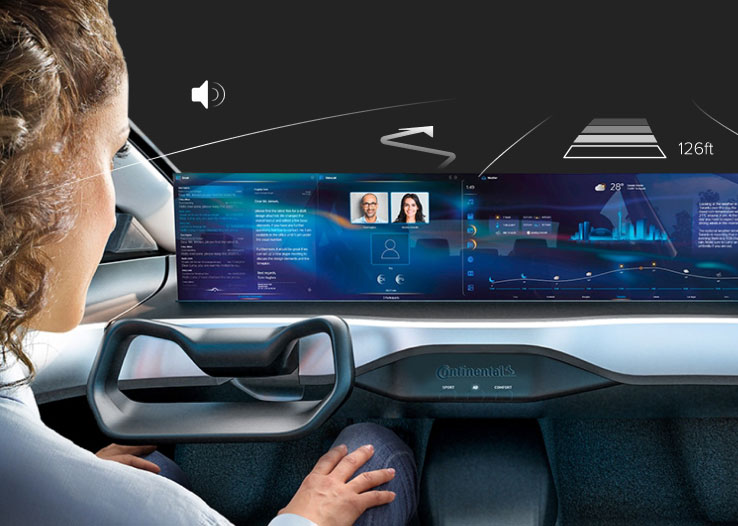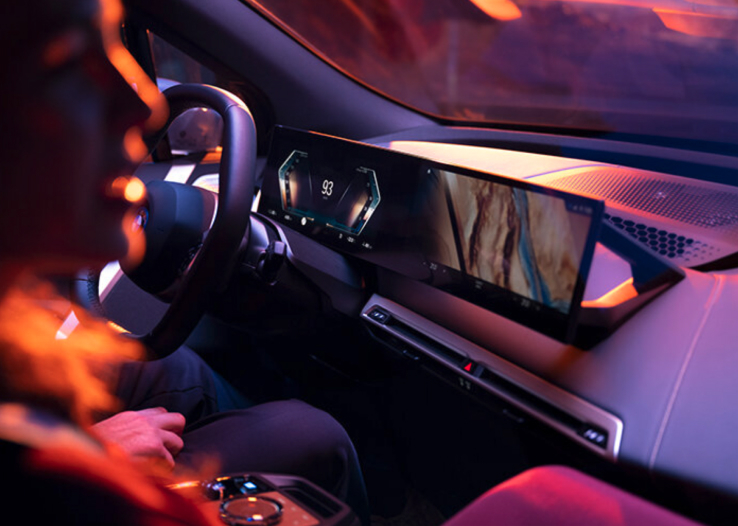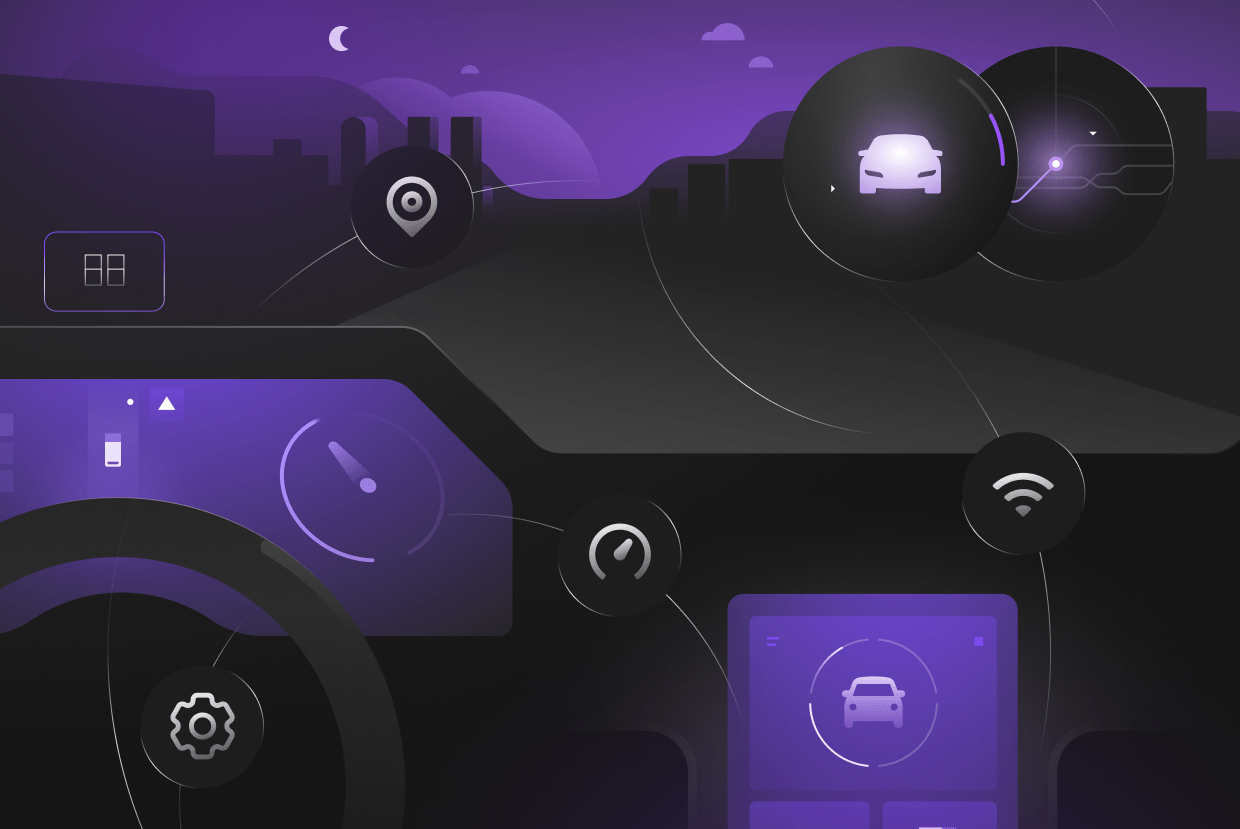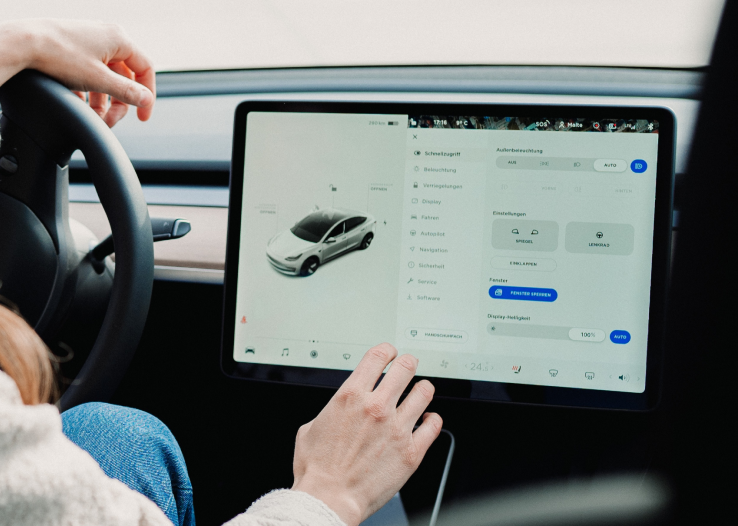Automotive procurement is the process of sourcing and purchasing all the materials, software and components needed to manufacture and deliver vehicles.
Historically, procurement in the automotive sector has been managed around cost reduction and economy of scale. While this worked in stable times, ongoing supply chain disruptions and macroeconomic uncertainties are exposing limitations of traditional procurement strategies.
What challenges are reshaping automotive procurement?
Today’s automotive procurement leaders need to shift toward agile, regionalized supplier partnerships. Locating procurement closer to production not only reduces lead times and transportation costs but also shields supply chains from tariffs and geopolitical volatility. This approach creates swift, collaborative relationships with local suppliers that allows OEMs to respond dynamically to changing market demands and unexpected disruptions.
The result is an automotive procurement function that now serves as a strategic enabler of resilience, flexibility, and long-term competitiveness.
Leading OEMs are already embracing this transformation. For example, Renault accelerated its model development and halved traditional timelines using solutions like AI-enabled supply chain monitoring, digital twins, as well as more efficient supplier management.
With this, they successfully launched a new all-electric Twingo in just two years and a Dacia minicar in 16 months.
AI in procurement automation and integration
As procurement evolves into a strategic force driving resilience and agility in the automotive sector, artificial intelligence emerges as a key catalyst for elevating performance and value creation across supplier networks.
Applying AI to automate manual, text-heavy tasks can be a natural start as efficiency gains are immediate. It can handle repetitive tasks such as scanning supplier contracts or matching invoices. This typically involves converting digital paper work into structured formats using optical character recognition (OCR) and natural language processing (NLP) pipelines.
Data then needs to be cleansed, tokenized and tagged with consistent metadata to ensure reliable extraction before integrating them into your procurement platform, with API-based connectors or middleware to push validated outputs directly into transactional workflows. This approach boosts efficiency at the task level but doesn’t fundamentally change how your supply chain operates.
AI integration on the other hand connects data and workflows across procurement, logistics, production and planning. This can unleash unprecedented intelligence and facilitate better decision making.
For example, advanced AI systems can aggregate historical supplier performance, assess geopolitical and supply chain risks and calculate the true total cost of ownership. With these insights, automotive procurement managers can proactively shape optimal supplier portfolios aligned to strategic business objectives.
The distinction between automation and integration is crucial for procurement leaders:
- Automation streamlines workflows and drives quick wins in accuracy and speed
- Integration empowers organizations with intelligence and adaptability to transform procurement into a source of lasting competitive advantage
The key is not choosing one over the other, but identifying the right use case by aligning it with your broader supply chain and business strategy. Then you can ask the question: what role should AI play here to deliver the greatest impact?
AI-enabled tendering process optimization
Tendering is one of the most time-consuming, text-heavy activities in procurement. Teams spend weeks drafting RFPs and RFIs, reviewing supplier responses and aligning decisions across multiple departments. An AI-enabled tendering solution can help you streamline this process by automating routine tasks and accelerating evaluations.
- Data parsing. RFPs, RFIs and RFQs are uploaded or received directly through system integrations. NLP automatically parses each tender document, categorizing requirements, deadlines, certifications, potential risks and other available information
- Automated scoring. AI then applies customizable, weighted evaluation criteria to score supplier responses. This produces side-by-side comparisons and AI-generated summaries
- Supplier intelligence integration. Real-time supplier performance data is then integrated into the evaluation process with dashboards highlighting gaps between supplier capabilities and your requirements so issues are anticipated and proactively managed. Making data available on a shared dashboard also means different functions can collaborate seamlessly with transparency with full auditing trails
- Advanced querying with RAG and GraphRAG. Architectural techniques such as Retrieval-Augmented Generation (RAG) and GraphRAG extend the platform beyond static dashboards. These approaches connect large language models with external data sources and knowledge graphs, allowing teams to query tender documents and supplier data conversationally
For example, a manager could ask: “Which suppliers have delivered on time in the past three years and meet our ESG requirements?” The system provides context-aware answers in seconds.
Data integration and implementation consideration
Robust data sharing and integration stand at the heart of successful AI transformation, but remain amongst the biggest implementation barriers. Mapping and joining disparate supplier data with establishing consistent standards that all partners align is as much of a technical challenge as it is a trust challenge. Many companies hesitate to share data and knowledge, fearing that it could jeopardize their competitive advantage.
AI can actually serve as a catalyst for building stronger relationships and trust between OEMs and suppliers. Automated data extraction removes the inherent subjectivity and inconsistency of handling “paperwork” manually. An AI-enabled tendering management, for example, makes processes more transparent and fair.
When supplier information is processed consistently and decisions are made based on objective, shared data, suppliers can see how their performance is evaluated and where standards are applied uniformly across all partners.
Automated scoring and side-by-side comparisons provide real-time feedback loops and accelerate procurement cycles. Suppliers can receive immediate insights into strengths and improvement areas, supporting open dialogue and continuous improvement for their OEM partners. In the long run, this builds trust and increases supplier confidence.
Read our report and learn how AI can streamline text-heavy automotive procurement tasks and help you build a smarter, more resilient upstream supply chain.








